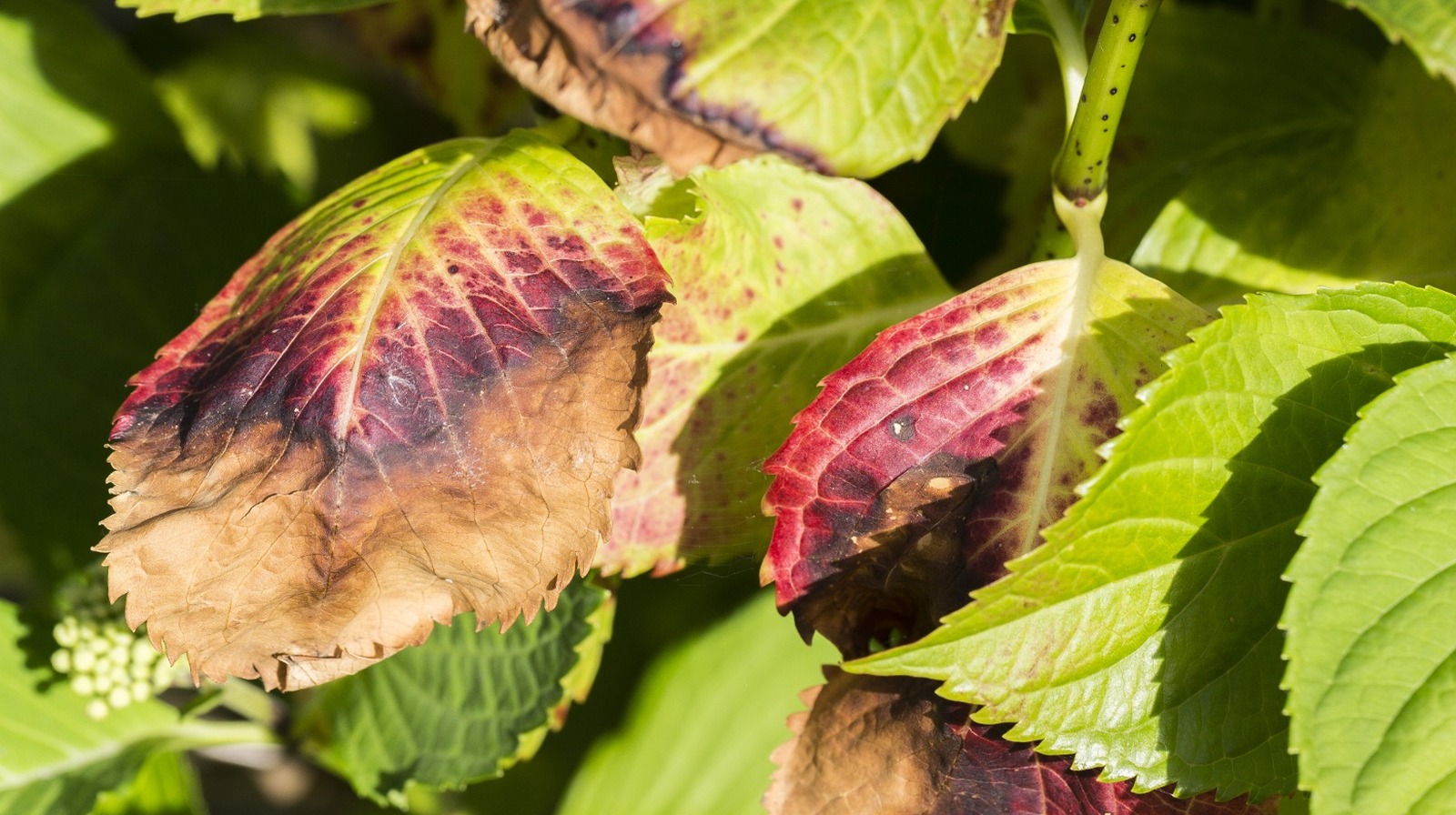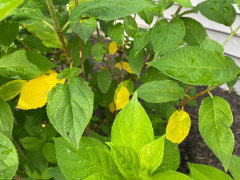The Of Hydrangea Leaves Turning Yellow
Table of ContentsThe 6-Second Trick For Hydrangea Leaves Turning YellowThe Only Guide for Hydrangea Leaves Turning YellowThings about Hydrangea Leaves Turning YellowHydrangea Leaves Turning Yellow Fundamentals ExplainedThe Main Principles Of Hydrangea Leaves Turning Yellow Hydrangea Leaves Turning Yellow Things To Know Before You Get This
The container must be large enough so the plant can expand and obtain every one of the water and nutrients it needs. Location the container on a patio, or in a dubious area on a patio. You can also change the plant with a panicle hydrangea. Panicles like the complete sun.No matter of the selection, plan ahead and make certain your plant has plenty of protection from the wind. You can hair transplant to a brand-new location, or you can produce a wind barrier utilizing one more plant, or secure fencing.
Ornamental lawn, Rose of Sharon, or Holly shrubs are just a few ideas of plants you could make use of to block the wind. If you need to transplant, discover an area in your garden that is well protected from sun and wind. Transplanting is best done in the fall or the spring.
The Ultimate Guide To Hydrangea Leaves Turning Yellow
Every one of the above circumstances could occur to any garden enthusiast. Fortunately for everybody, hydrangeas are extremely resistant, and will more than likely recuperate really swiftly with a little love and care. The plants place is the most vital variable when it pertains to getting well established and proper development. With a little planning on planting place and proper maintenance, you'll have the ability to ensure your hydrangeas!.
If Hydrangea leaves turn yellow and falls off later on, it's usually due to overwatering, as the plant can not uptake water and loses the fallen leaves to reduce off transpiration. Following this, Hydrangea leaves begin to droop and shrivel. Considering that both conditions can create yellow leaves, you need to find the difference in between the overwatered and underwatered plant.
You can rescue the plant from yellow fallen leaves by using it the correct light and positioning. If your plant obtains yellow leaves, relocate it to a dark area.
3 Simple Techniques For Hydrangea Leaves Turning Yellow
, and temperature modifications can cause yellowing leaves and brown spots. If it obtains as well cozy, the edges of the leaves end up being yellow, turn brown and develop a crunchy structure.
Hefty soil can conveniently block the oxygen supply to the origins and sever the link with the upper parts of the plant (fallen leaves). Hydrangea leaves alter their shade if they discover minor inconveniences in the dirt structure. This issue can cause the Hydrangea delegates turn yellow, suffer from leaf drops, and make a saggy plant compatible overwatering.
Yellow fallen this post leaves in Hydrangeas are the first indications of condition infestation, commonly followed by black spots, browning, goes down, and wilting. Separate the unhealthy or pest-infested plant from the healthy and balanced plants to stop condition spread. If it is a garden plant, remove all the contaminated leaves using disinfected devices and tidy up all the debris.
Hydrangea Leaves Turning Yellow Fundamentals Explained
:max_bytes(150000):strip_icc()/GettyImages-13748759001-8a80ca41bf6b46ffa27f748339a58287.jpg)
Stay clear of reducing healthy and balanced or environment-friendly fallen leaves, and do not remove more than 25% of the plant's foliage. The primary factor behind the red leaves in Hydrangea is bad soil or ecological problems.
Additionally, repot the plant every year in springtime or every 2 years if the growth rate is slow.
The 7-Second Trick For Hydrangea Leaves Turning Yellow

Each factor influences the plant in a method that can be fixed if we recognize exactly how to care for hydrangeas the appropriate method. When we chat regarding insufficient light for hydrangeas, we mean that the plant isn't obtaining sufficient sunlight.
Without sufficient sunshine, the leaves can turn yellow, the plant can come to be weak, and it could create less flowers. To make certain a hydrangea receives adequate light, it ought to be placed in an area where it can delight in the early morning light and be secured from the extreme mid-day sunlight. Overwatering is when a hydrangea plant obtains even more water than it needs.
The Only Guide for Hydrangea Leaves Turning Yellow

Without enough air, the origins can't do their task well, and the plant starts to experience. Yellow leaves might be an indicator that the plant is obtaining excessive water. On the other hand, dehydration takes place when the plant doesn't obtain sufficient water. Like people, plants need water to remain healthy.
This problem prevails in the fall as the weather changes or if a hydrangea is planted in an area where it does not get sufficient heat from the sun. It is essential to know the ideal conditions for hydrangeas to avoid low-temperature tension. Many hydrangeas expand ideal in zones 6 to 9, where the environment is milder.
It is necessary to recognize that this type of yellowing is different from the yellowing triggered by issues like way too much water or otherwise enough light. If the yellow fallen leaves are mainly at the base of the plant and the remainder of the plant looks healthy and balanced, it might just indicate that the leaves are just obtaining old - Hydrangea Leaves Turning Yellow.